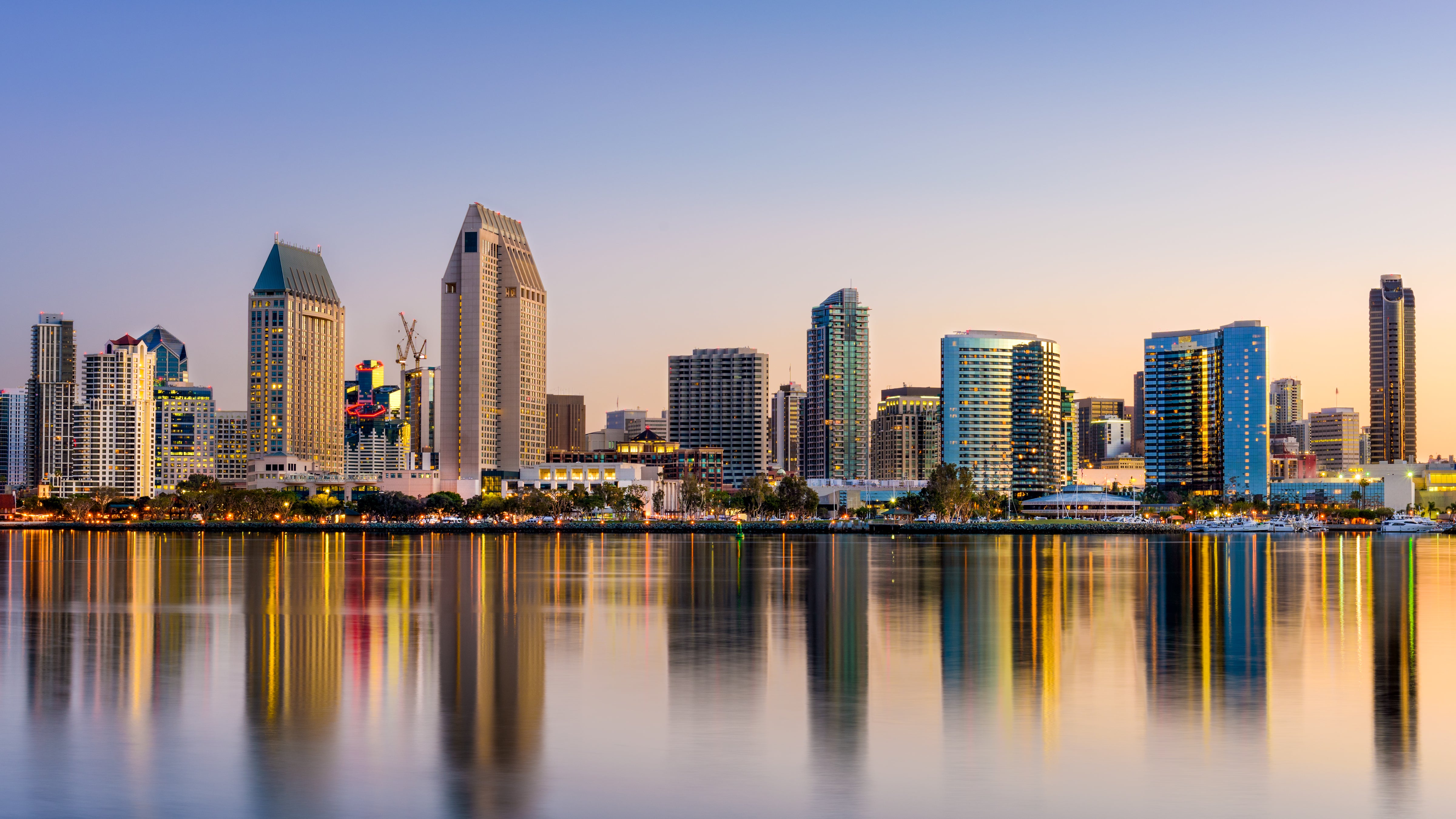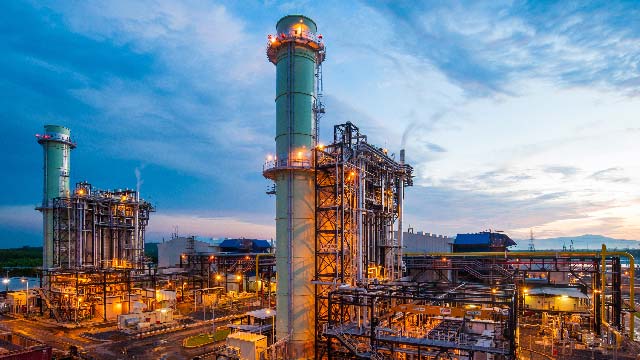Efforts to convert shipping vessels to LNG are advancing rapidly across the marine industry. There are approximately 40 marine vessels (not counting LNG dual-fuel carriers) in use today currently powered by LNG. This number is expected to grow exponentially, to 1,800 vessels by 2020. While emissions regulations are the primary catalyst for the change, the bottom-line benefits of LNG as a fuel source are also propelling the switch.
The regulatory push comes in the form of the North American Emissions Control Area (ECA).The new regulation is aimed at reducing emissions from ships around ports and within 200 miles of protected coastlines. North American ECAs cover virtually the entire continental coast line. The ECA has a tiered approach, with Tier 1 implemented in January 2015 and additional restrictions coming into place in 2020. However, the International Maritime Organization (IMO) has an option to delay the more strict restrictions (Tier III) until 2025. IMO will determine whether to delay or proceed with the more strict mandates in 2018.
Vessel owners and operators have three options for meeting current and future air emissions regulations. The first option is to switch to a low sulphur fuel oil. While this option requires minimal, if any, additional capital costs in the short-term, the long-term economics make this option less attractive. Low sulphur fuel oil is higher priced when compared with alternatives and availability is not guaranteed. In addition, owners moving forward with the use of low sulphur fuel oil will eventually still have to install air quality control equipment, or scrubbers, in order to meet Tier III limits for nitrogen oxide (NOX).
Owners could continue using high sulphur fuel by adding scrubber technology to their existing fleets. The challenge with this option is that there is waste generated in the scrubber systems and disposal facilities will add more operational costs to the high fuel and capital requirements.
Converting fleets to run on LNG will enable vessel owners and operators to meet all Tier III requirements for sulphur dioxide (SO2), NOX and particulate matter. The difference in fuel price – which is close to US$1.50 per diesel gallon equivalent and expected to grow for the foreseeable future – also provides substantial long-term operational cost savings and can offset the significant upfront investments needed to make fuel conversion possible.
Financing Conversions
Converting to LNG has two major cost components: the cost of the infrastructure to fuel the vessels and the cost to replace or convert current vessels to LNG. In both cases, financing interest from investors is strong and will move projects forward.
Financing for fueling infrastructure will likely come from two sources: either end users will invest and own/operate the refueling infrastructure themselves or the liquefaction will be done in a quasi-merchant plant model. In the latter case, a third-party invests the upfront capital and then sells the LNG to end users. Guaranteeing the off-take for quasi-merchant plants will be the largest risk for plant operators and end users in most regions of North America, because there is adequate pipeline capacity available to supply fueling stations. However, in the Northeastern United States, pipeline capacity constraint will be the largest obstacle for investors because the region’s lack of available capacity becomes more of an issue for investors.
Financing the conversion of fleets is another area of opportunity/innovation. Third-party companies, such as energy investors, are interested in providing the upfront capital to convert or replace engines with LNG power plants. The owner of the vessels will then share the fuel savings realized for a designated payback period.
Moving forward, the initial focus for LNG conversions will be containerships and bulk carriers – vessels that spend the most time in ECA-restricted areas. However, any vessel that spends 30 percent or more of its time within an ECA-restricted area will benefit from a switch to LNG. Today, this criteria represents approximately 10,000 ships, a number that is expected to increase by 10 to 15 percent by 2020.
As ECA regulations take effect in North America, the need for a reliable source of LNG to marine vessel owners will drive infrastructure development. Vessel owners/operators know the impacts expected in the market over the next five years and will soon have to make key decisions for the near term and long term.








